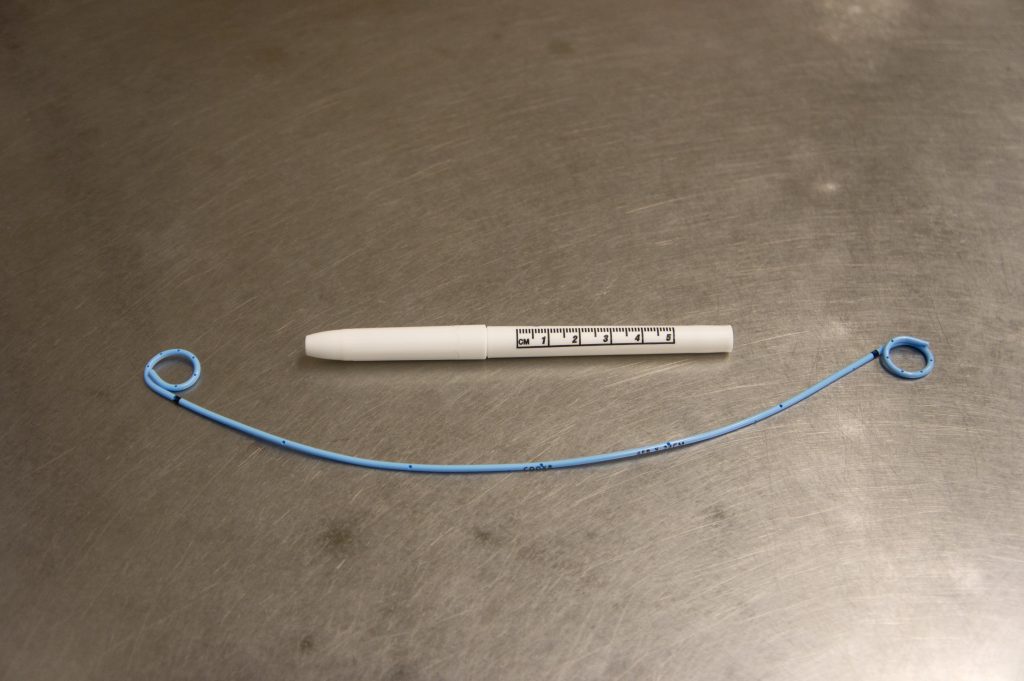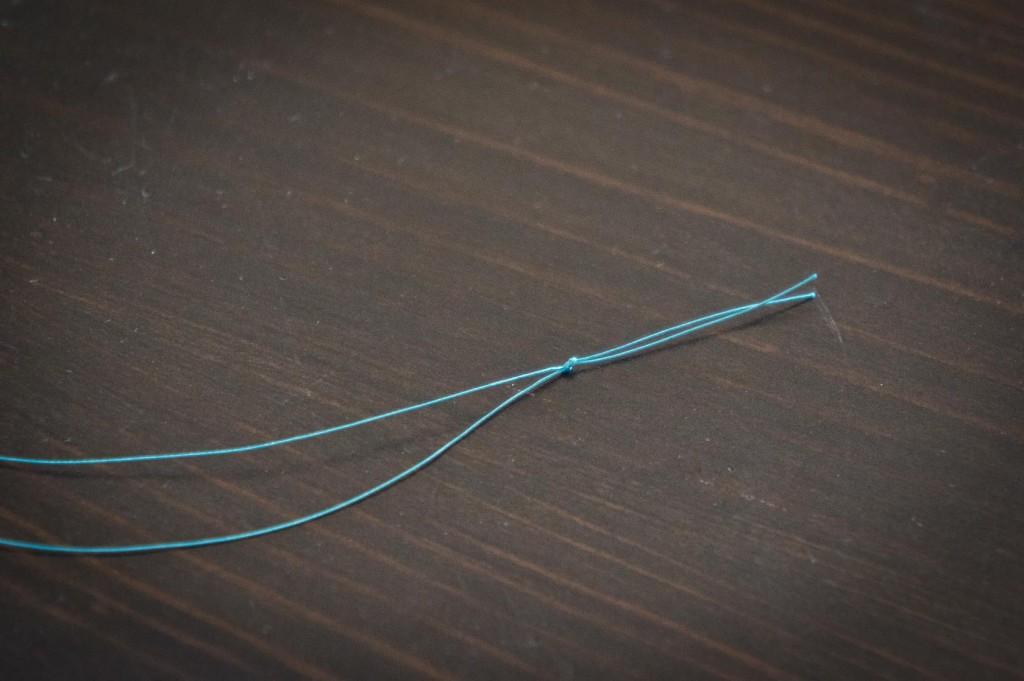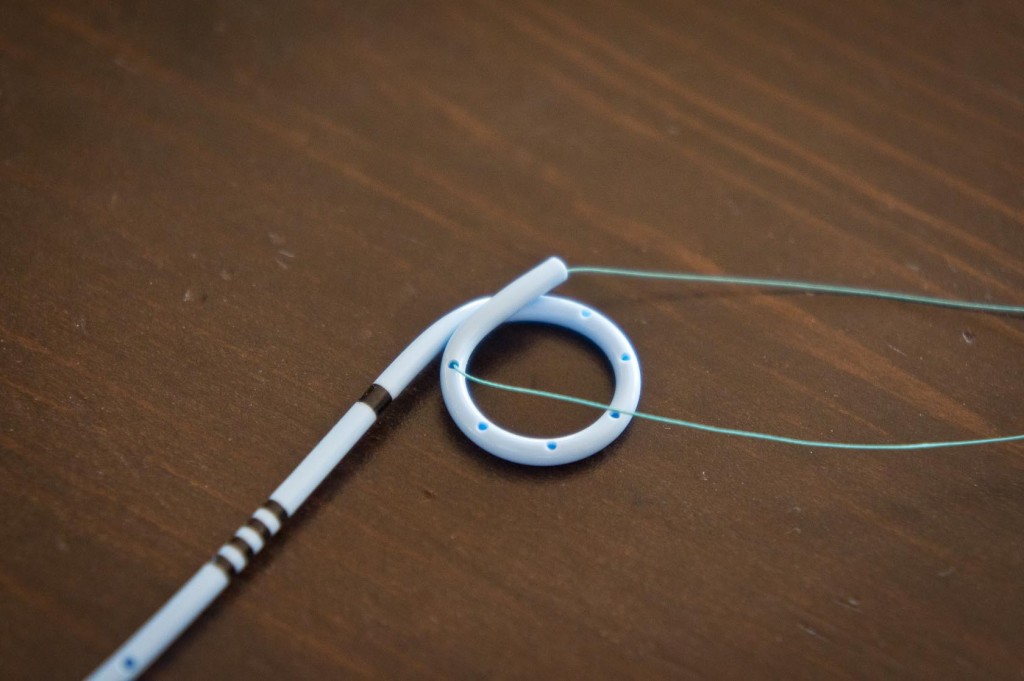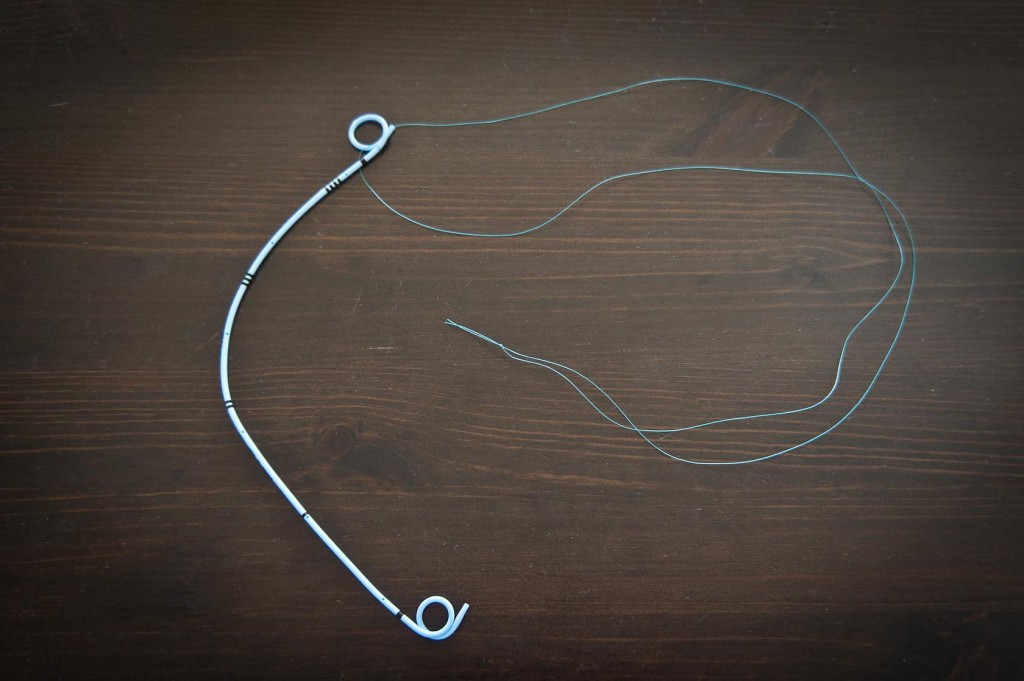How is a Ureteral Stent Removed?
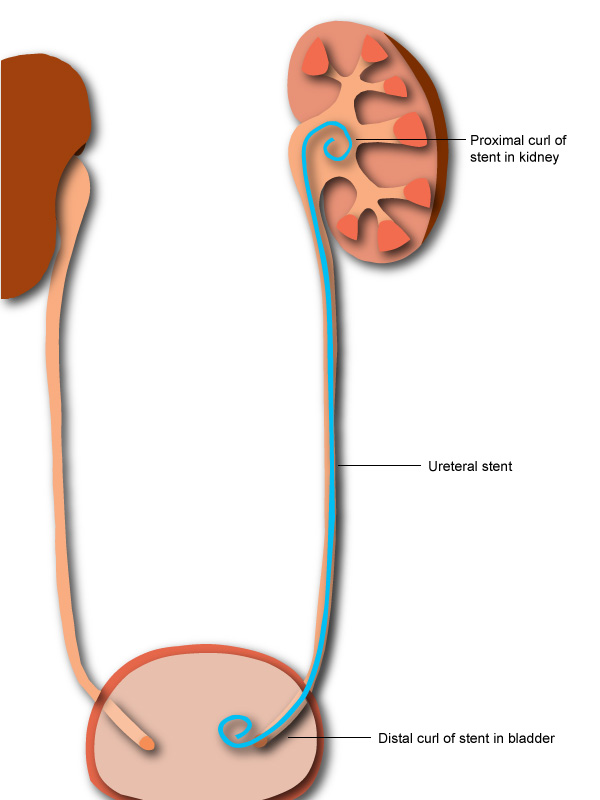
Ureteral stents are removed using two basic methods:
1) By pulling on a stent string, if the string was left in place.
2) Placing a camera into the bladder (cystoscopy) to directly see and grab the stent with a small grasping device.
Removing a stent with a string left in place:
In some cases, your urologist will leave a string attached to one end of a ureteral stent. The stent string is a long piece of thread that will start from the stent and drape out the urethra, where it is visible at the urethral meatus (where urine comes out). A diagram and photos of a stent with a string attached are shown below. (Sometimes, after PCNL surgery, a stent is placed with string attached to the back. You would pull this the same as described below).
To remove the stent, the visible string is firmly held and steady continuous pulling is applied until the entire stent comes out. The curls at the end of ureteral stent are flexible, so the stent should uncurl and come out easily.
What’s the advantage of leaving a string?
- The stent can be removed without performing cystoscopy.
- Patients can remove their own stent without waiting for an appointment or having to come to the office.
- Stents can’t be “forgotten” when a string is attached. When no string is left attached, a patient may forget or not realize that a stent was left in place. Over time, these forgotten stents can develop large stones making simple office removal into a larger operation.
What’s the disadvantage of a string?
- The string can get snagged on clothing or be pulled on accidentally, resulting in a ureteral stent being removed earlier than it was supposed to. This seems to more commonly occur with female patients.
- The string can be a minor annoyance.
- Some patients prefer not to have to remove their stents themselves at home using the string. They however can usually come to the office where the staff can perform this for them.
Removing a stent by performing cystoscopy (with video below):
When no string or only a portion of the string is left attached, your urologist will need to use a camera to enter your bladder through your urethra. He or she can then see the stent and use an instrument to securely grasp it and remove it. The process is usually quick and occurs in the clinic. It takes only a minute or so in most cases.
Steps in removing a ureteral stent with cystoscopy
- Use a cystoscope to enter the bladder. (A cystoscope is a camera that can be placed into the bladder).
- Identify the stent.
- Use a grasper to securely grab the stent.
- Remove the cystoscope, grasper, and the secured stent as one unit.
The video at the bottom of the page demonstrates all these steps.
How uncomfortable is stent removal using a cystoscope?
For the majority of patients, stent removal is not as uncomfortable as they expected. We often have patients react in surprise when they learn that the stent has been already been removed and the procedure is done. This is a 1 minute procedure whereby both men and women can feel a brief moment of discomfort as the scope is advanced through the urethra. Typically the actual removal of the stent does not cause very much discomfort
Is there anything that can be done to make it more comfortable?
- Lidocaine jelly placed into the urethra at the beginning of the procedure will help to numb the area but will not completely take away sensation.
- In men, and also occasionally in women, increased discomfort is related to tightening of the urethral sphincter as the scope is passed into the bladder. Trying to relax, take a deep breath, and not “clench” down during the cystoscopy process can sometimes make the process less uncomfortable.
- Anticipation and perception also seem to play a role: Researchers have found that patients who watch their own cystoscopy procedure on a video screen experienced less discomfort than those that did not.
Video of ureteral stent removal in a male patient:
Pain after stent removal:
Some mild amount of discomfort after stent removal is expected.
While most patients experience relief of stent symptoms upon stent removal, some patients (12-20%) experience acute symptoms of renal colic between 1-4 hours after stent removal
Knowing the pain is somewhat common can make you more comfortable and rest assured resolution may occur most often between 30 minutes-2 hours. Hot showers and over the counter pain medication can help if advised by your physician.


